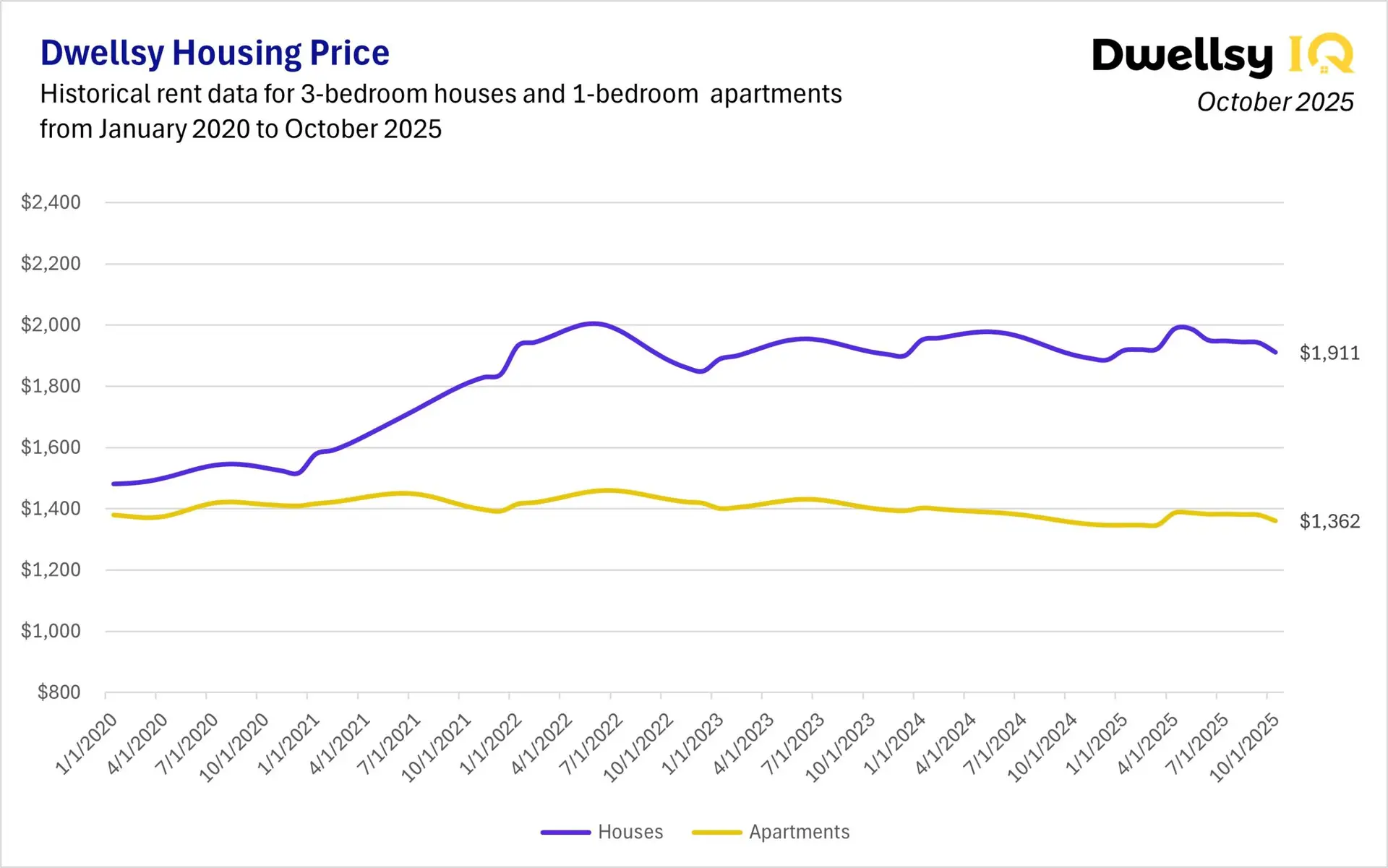Property transactions are becoming more intricate. One arrangement that is now more common is the leaseback, where a property seller stays on as a tenant after the sale. This is often a practical solution when a buyer needs more time to relocate or wants to align with favorable market conditions. But if you’re a landlord, a leaseback request can raise questions. A leaseback is essentially a temporary rental agreement, usually lasting 30 to 90 days, that begins after closing.
To make the most of leaseback arrangements, landlords and investors can turn to specialized platforms like Sell2Rent. Sell2Rent focuses exclusively on sale?leasebacks, offering investors access to curated properties and homeowners the ability to stay in their homes while unlocking equity. For landlords, it offers a streamlined way to secure reliable, short?term tenants and generate immediate income. To learn more about Sell2Rent’s investment opportunities, visit their investment info page or register to start investing.
This guide will walk you through everything you need to know about leaseback negotiation. You’ll learn strategic tactics, how to manage liability, and the legal protections necessary to maximize your returns while minimizing risks.
- Understanding leaseback agreements
- Leaseback negotiation
- How to avoid pitfalls in leasebacks
- Top companies for leaseback arrangements
- Securing your investment
- Conclusion
Understanding leaseback agreements
A leaseback, sometimes called a post-closing occupancy agreement, is a temporary rental arrangement that lets the seller stay in the property after the sale is complete. Unlike a traditional rental agreement that can last for a year or more, a leaseback is short-term and tied directly to a property sale. The duration is a key negotiation point, as it affects everything from rent to insurance.
Buyers might request a leaseback for several reasons. Perhaps their new job starts later, their kids need to finish the school year, or they need the funds from their own home sale to close on yours.
Accepting a leaseback can be financially beneficial. It provides an immediate stream of income on your new property, covering mortgage payments, taxes, and insurance from day one. In a competitive buyer’s market, offering flexible leaseback terms can make your property more attractive and even command a higher sale price. For example, a landlord in a slow market might agree to a 60-day leaseback, securing a sale that might have otherwise fallen through and earning two months of rent in the process.
Leaseback negotiation
Calculating fair market rent for temporary arrangements
To set an appropriate leaseback rent, start with the property’s fair market rent but consider adjusting it. Since the arrangement is short-term and offers significant convenience to the seller-turned-tenant, you can often justify a premium.
A common method is to calculate the daily rental rate. Take the monthly market rent, add a premium (say, 10-20%), and divide by 30. This gives you a daily rate that you can use to calculate the total rent for the agreed-upon leaseback period. This approach is transparent and protects you if the tenant needs to extend their stay by a few days.
Security deposits and additional fees
Protecting your property during the leaseback period is essential.
- Security Deposit: Request a security deposit to cover potential damages. The amount should be reasonable, often equivalent to one month’s rent, even if the leaseback period is shorter.
- Utilities: The leaseback agreement must clearly state who is responsible for utilities. Typically, the tenant continues to pay for electricity, gas, water, and internet, as they are still occupying the property.
- Fees and Penalties: Include clauses for cleaning fees to ensure the property is returned in good condition. You should also specify penalties for late rent payments or for staying beyond the agreed-upon move-out date. These “holdover” penalties are often a high daily rate to strongly discourage delays.
How to avoid pitfalls in leasebacks
- The “friendly handshake” trap: Relying on a verbal agreement is a significant mistake. Relationships can become strained when money and property are involved. Without a written contract, you have little recourse if something goes wrong.
- Underestimating the true costs: Remember to factor in all potential expenses, including higher insurance premiums, potential repairs, and the opportunity cost of not having the property available for your own use or for a long-term tenant.
Failing to plan for extensions: Life happens, and sellers may need to extend their stay. Your agreement should anticipate this possibility. Decide ahead of time if you will allow extensions and under what conditions, including any rent increases.
Top companies for leaseback arrangements
For landlords looking for a more structured approach, several companies specialize in facilitating leaseback agreements, reducing friction and administrative work.
- Sell2Rent: Among the most specialized platforms in this space, Sell2Rent focuses exclusively on seller leasebacks. Unlike broader equity-access models, its marketplace is built specifically to connect homeowners who need liquidity with investors seeking cash-flowing properties. Investors gain access to off-market deals, detailed property information, and opportunities that often include prepaid rent and existing tenants. Closings are designed to be straightforward, with advisors and coordinators guiding each step. For landlords, that means immediate income, exclusivity, and transparency. For homeowners, it’s an alternative to reverse mortgages or traditional sales that allows them to unlock equity while staying in their home. What sets Sell2Rent apart is its investor?friendly platform and transparent approach. If you’d like to learn more, you can take a look at Sell2Rent’s investment info page and, if interested, use their registration form.
- Homeward: Homeward is known for its bridge financing model, helping buyers purchase their next home before selling the current one. Leasebacks often become part of that transition—allowing sellers to remain in their home temporarily after closing. That means short-term rental income with standardized agreements that reduce friction. While not a dedicated leaseback platform, Homeward’s structure can simplify the process in situations where timing is the main challenge.
Securing your investment
Successful leaseback negotiations hinge on preparation, clear documentation, and firm but fair terms. By viewing a leaseback request not as a complication but as a potential profit center, you can turn it into a win-win situation.
Before your next property closing, take these steps:
- Consult with your insurance provider about landlord coverage.
- Review local and state rental regulations.
- Draft a comprehensive leaseback agreement or have an attorney do it for you.
Conclusion
Understanding leaseback terms and mastering negotiation strategies are essential steps for any property owner looking to maximize their investment potential. By leveraging clear agreements, conducting thorough research, and seeking expert advice when needed, landlords can mitigate risks and ensure steady income. A well-structured leaseback agreement not only protects your financial interests but also strengthens your position in an increasingly competitive real estate market. With the right knowledge and tools, navigating leaseback arrangements becomes a manageable and rewarding process.



